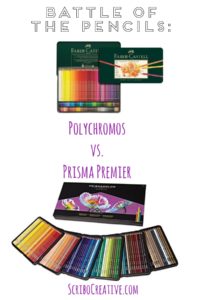
“Poly or Prisma?” is probably one of the most asked colored pencil questions in Facebook coloring groups and for a good reason. Both Faber Castell Polychromos and Prismacolor Premier are popular artist-grade colored pencils that can be considered as investments. They are high quality colored pencils but are more expensive than other brands. So what’s the difference between the two? Which should you buy?
To help us with this week’s Battle of the Pencils article is the talented colorist Donna Pecoraro. The lovely coloring page is from Maria Castro’s upcoming book MIDNIGHT Doilies, Doodles & Daydreams (also available as a Personalize It page here: https://gum.co/DNwIw).
As with other coloring tools, a lot of it has to do with personal preference. Chime in and let us know in the comments section below what you think of the review.
—
The Ultimate Colored Pencil Controversy
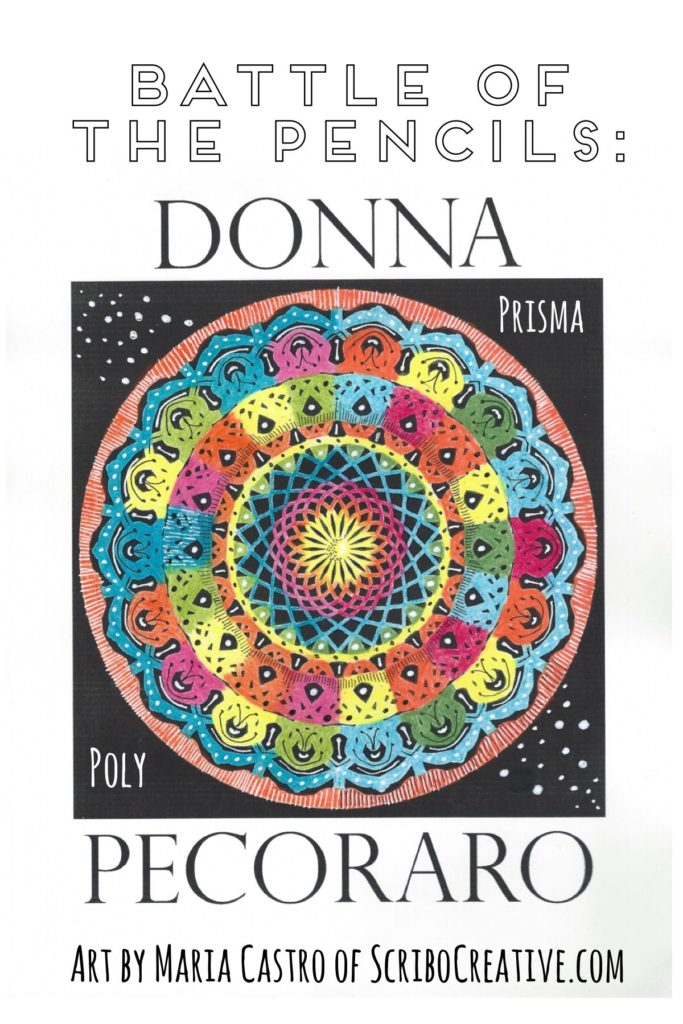
If you’ve been in the coloring world for long, one of the topics you’ll be sure to see lots of comments about are the preferences for “Polys” vs. “Prismas”. Ultimately, it really is a matter of personal preference, although each colorist probably has lots of reasons for their choice of a favorite, and many will switch between them.
The main difference is composition of the pencil. Faber Castell Polychromos have been made by a Germany company in existence since 1761 and are oil based. Prismacolor Premier pencils are made by an American company and are wax based.
Since oil is a more fluid medium than wax, you will find that the Polys will have more ability to absorb into the paper while the Prismas will have less ability to do that. The result of this is that the Prismas will have less ability to blend multiple layers before the paper will no longer allow an additional layer to adhere. In comparison, Polys will blend and blend having the more fluid medium of oil.
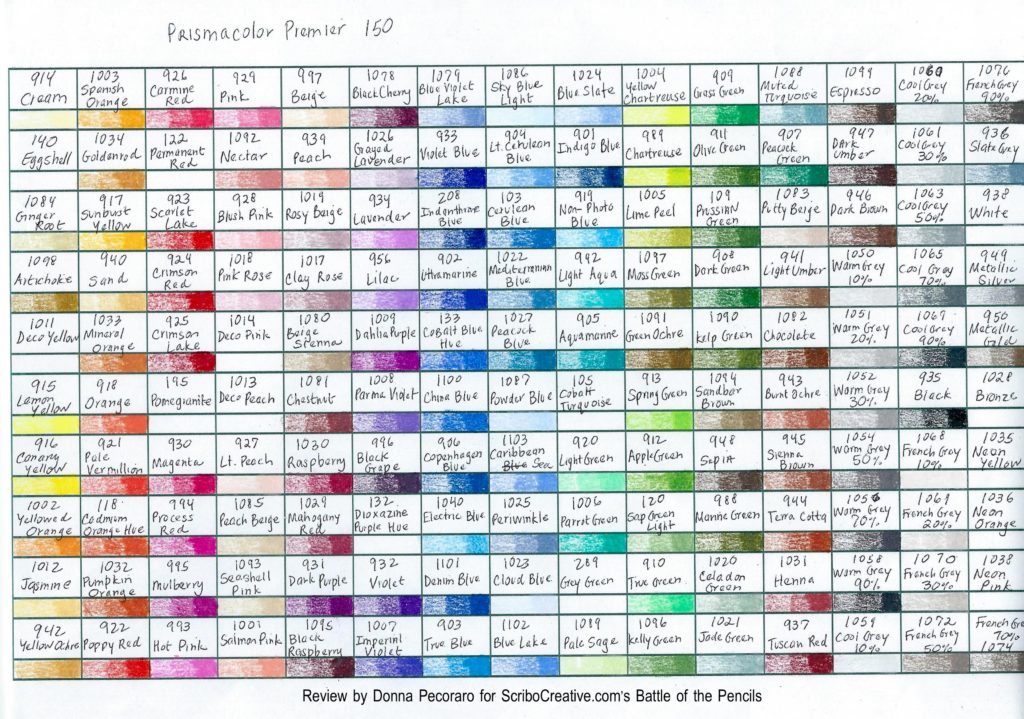
The largest set of Prismas is 150 colors, including a large selection of 18 greys, which are divided into French Grey, Cool Grey, and Warm Grey, each with a percentage gradation of 10%, 20%, 30%, 50%, 70%, and 90%. In Polys the largest set is 120, and the grey selection of 12 pencils is divided into Warm and Cold, and numbered with Roman numerals from I to VI (1-6) to indicate gradation from pale to dark.
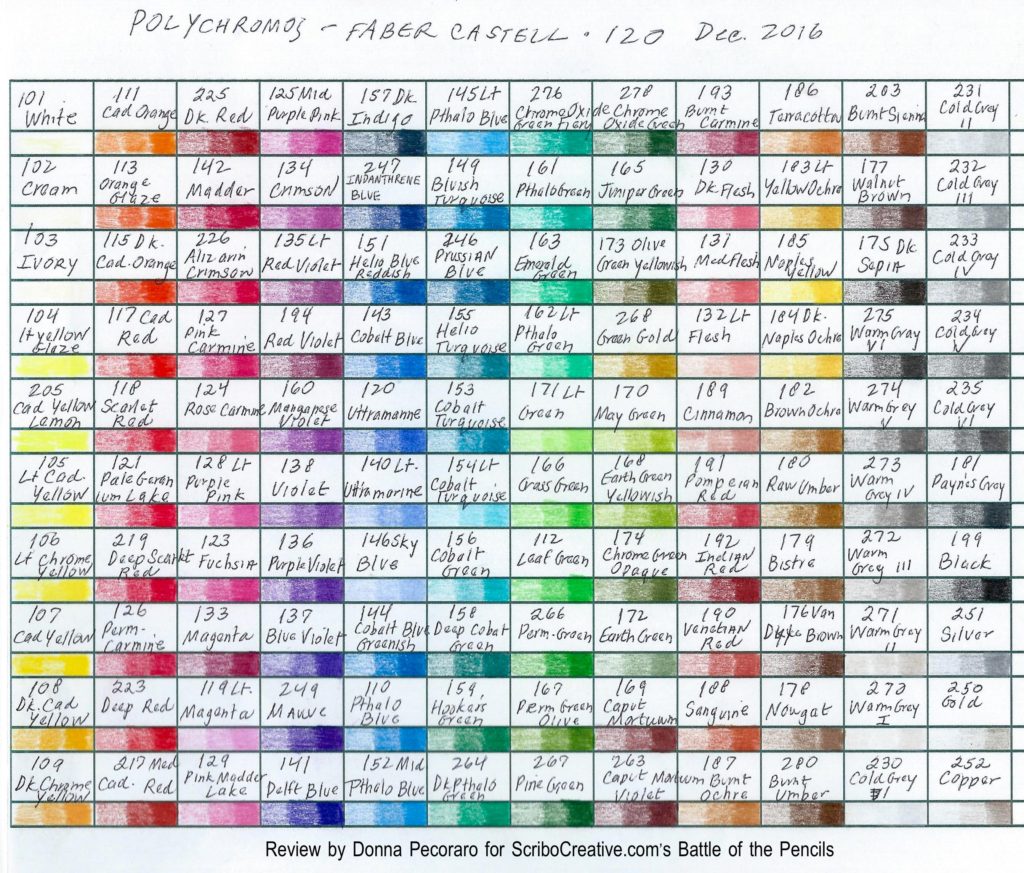
Polys also include 3 metallics, Gold, Silver, and Copper, while Prismas have Gold and Silver, and 3 “Neon” colors (Note that if you scan your work, neons do not show up well).
Color range of the pencils differ greatly, the strong point of Prismas is having some extraordinarily subtle and lovely colors, such as Nectar, Jasmine, Seashell Pink, and Pale Sage to name a few. There are also many pencils useful for skin tones in Prismas, in fact, they sell a subset of pencils for portraiture that are included in the 132 set. Both brands are available as open stock in better art supply stores and can always be replenished.
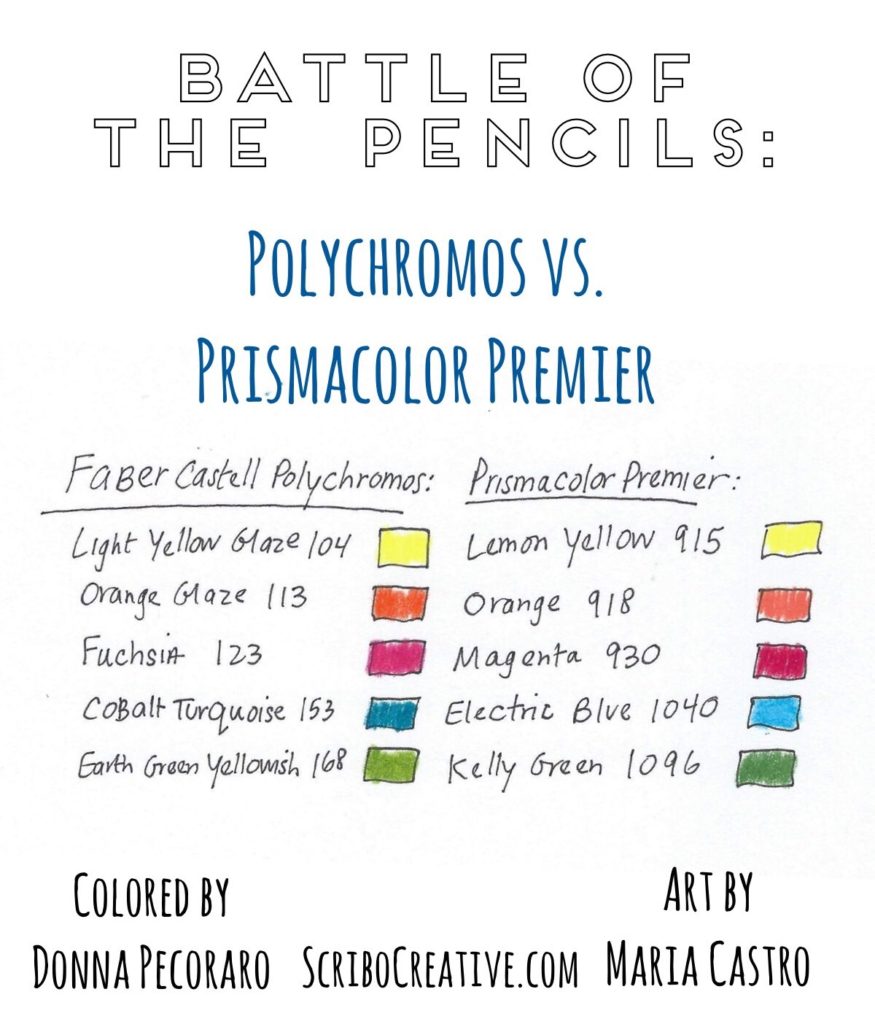
As far as pencil quality, we would be comparing two different price points, so the comparison is not entirely fair. Polys are priced at approximately $170-190 US for the 120 tin, while Prismas are priced at approximately $80-100 US for the 150 tin. Polys are an extremely well made and beautiful pencil. They are slightly wider in width and have a harder, well centered core of pigment. They sharpen very well and rarely break, but do require a sharpener that can accommodate their width.
The Prismas have had issues with breakage, although not all have this complaint, their core is softer, their pigment is often off center, and wood barrels have been known to split. Both brands are considered to be artist grade pencils. Being a softer pencil, Prismas require more sharpening to keep a point, and are depleted faster, so although initially a cheaper investment in the long run the more expensive Polys may be more cost effective. Both pencil brands require careful handling to ensure best performance.
Lastly, we each will have our opinions on the “best “pencil. Much of this depends on what we use them for, if we use solvents, such as blender markers, Gamsol, mineral spirits, or Vaseline, how much time we want to spend on a picture, what type of pictures we like to color, and even if we need a softer pencil for issues of hand strength. Most importantly, enjoy your premium pencils if you are lucky enough to have been able to purchase them, they are truly a luxury.
—
Thank you to Donna for a comprehensive review. Both Polychromos and Prismacolor Premier are available in smaller sets if you like to try a set of each (as of today, several of the Prisma Premier sets including the 150-piece, have the lowest price we’ve seen recently):
Maria Castro of ScriboCreative.com is a participant in the Amazon Services LLC Associates Program, an affiliate advertising program designed to provide a means for sites to earn advertising fees by advertising and linking to Amazon.com.
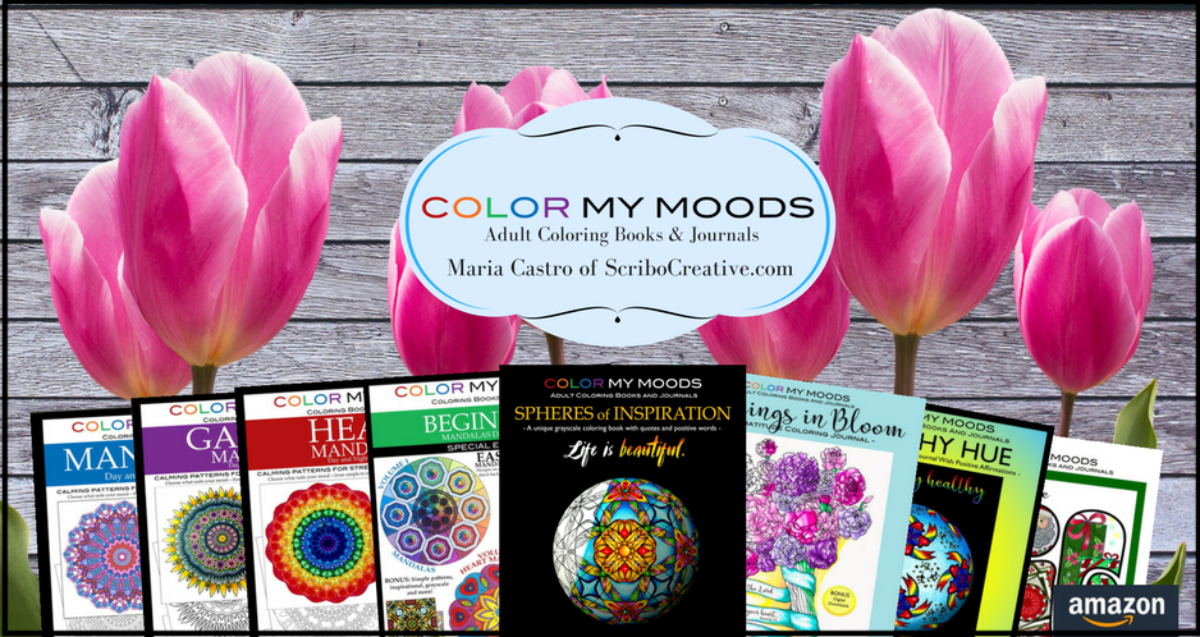

Thank you Donna for an informative review and for colouring such a pretty design. Well done!
Have a small set of each and only bring thrm.out occasionally on “special ” pics
Great info. Thank you.
Glad you found it informative Betsy. If you haven’t already done so, I invite you to join our enews where we share more tips, coloring inspiration and exclusives: https://www.scribocreative.com/enews/.
Thanks Betsy.
Thank you so much for this very informative comparison. I now understand the main differences between Prisma and Polys. Have you ever done a comparison of these Polys with Caran D’Ache? From the first time I saw a flower done with the Caran D’Ache, I have wanted to try them – and the Polys. I can buy Prismacolor locally but the others do not seem to be available locally. I have found that I can buy them individually through an art supply company. I also thank you for the mention of the lighter Prismacolor pencil colors. Only the most popular are available in our local craft store so I will be ordering the colors you mentioned individually. Again, my thanks.
I’m glad you found this informative Nancy. We’ll put Caran D’Ache on our list of potential colored pencil brand reviews. Thank you.